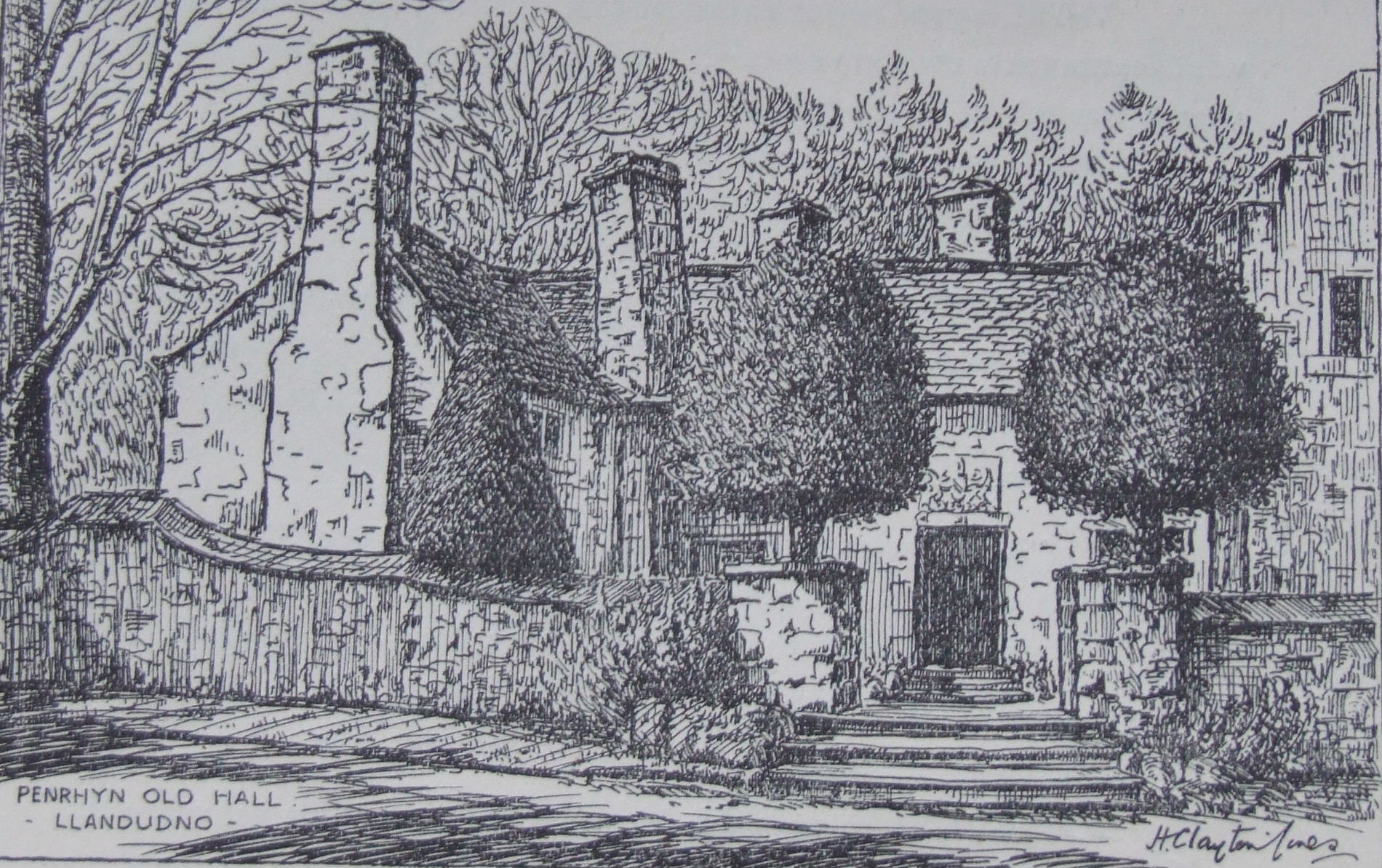Safe-haven asset: property speculation in medieval England
by Adrian Bell, Chris Brooks and Helen Killick (ICMA Centre, University of Reading)

While we might imagine the medieval English property market to have been predominantly ‘feudal’ in nature and therefore relatively static, this research reveals that in the fourteenth and fifteenth centuries, it demonstrated increasing signs of commercialisation.
The study, funded by the Leverhulme Trust, finds that a series of demographic crises in the fourteenth century caused an increase in market activity, as opportunities for property ownership were opened up to new sections of society.
Chief among these was the Black Death of 1348-50, which wiped out over a third of the population. In contrast with previous research, this research shows that after a brief downturn in the immediate aftermath of the plague, the English market in freehold property experienced a surge in activity; between 1353 and 1370, the number of transactions per year almost doubled in number.
The Black Death prompted aristocratic landowners to dispose of their estates, as the high death toll meant that they no longer had access to the labour with which to cultivate them. At the same time, the gentry and professional classes sought to buy up land as a means of social advancement, resulting in a widespread downward redistribution of land.
In light of the fact that during this period labour shortages made land much less profitable in terms of agricultural production, we might expect property prices to have fallen.
Instead, this research demonstrates that this was not the case: the price of freehold land remained robust and certain types of property (such as manors and residential buildings) even rose in value. This is attributed to the fact that increasing geographical and social mobility during this period allowed for greater opportunities for property acquisition, and thus the development of property as a commercial asset.
This is indicated by changes in patterns of behaviour among buyers. The data suggest that an increasing number of people from the late fourteenth century onwards engaged in property speculation – in other words, purchase for the purposes of investment rather than consumption.
These investors purchased multiple properties, often at a considerable distance from their place of residence, and sometimes clubbed together with other buyers to form syndicates. They were often wealthy London merchants, who had acquired large amounts of disposable capital through their commercial activities.
The commodification of housing is a subject that has been much debated in recent years. By exploring the origins of property as an ‘asset class’ in the pre-modern economy, this research draws inevitable comparisons with the modern context: in medieval times, much as now, ‘bricks and mortar’ were viewed as a secure financial investment.

